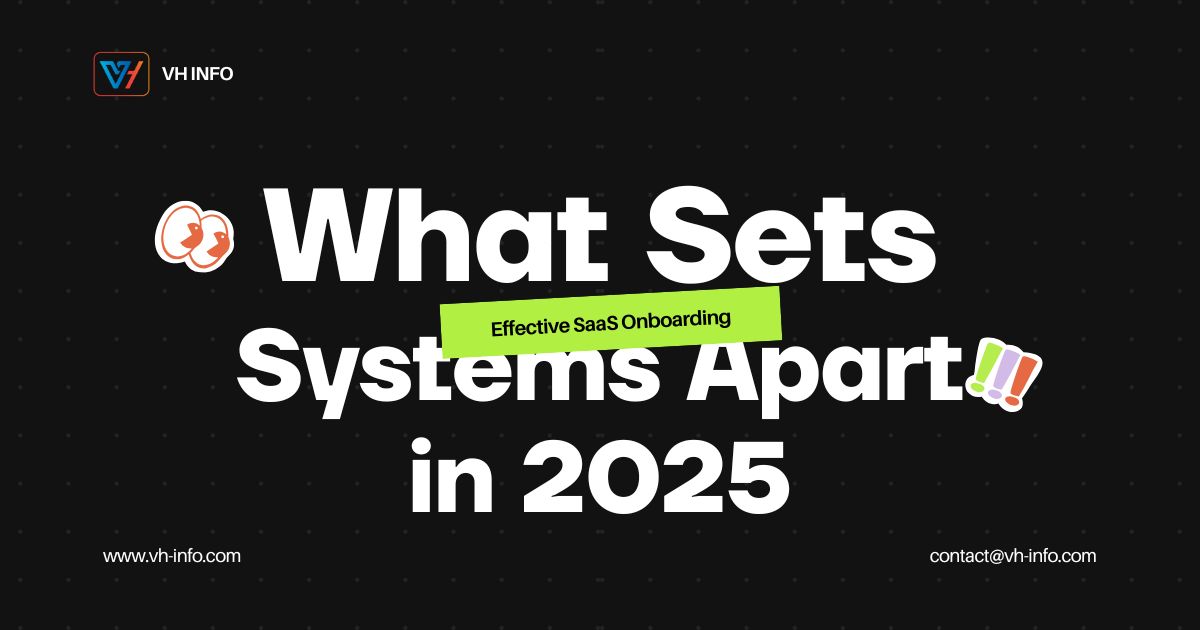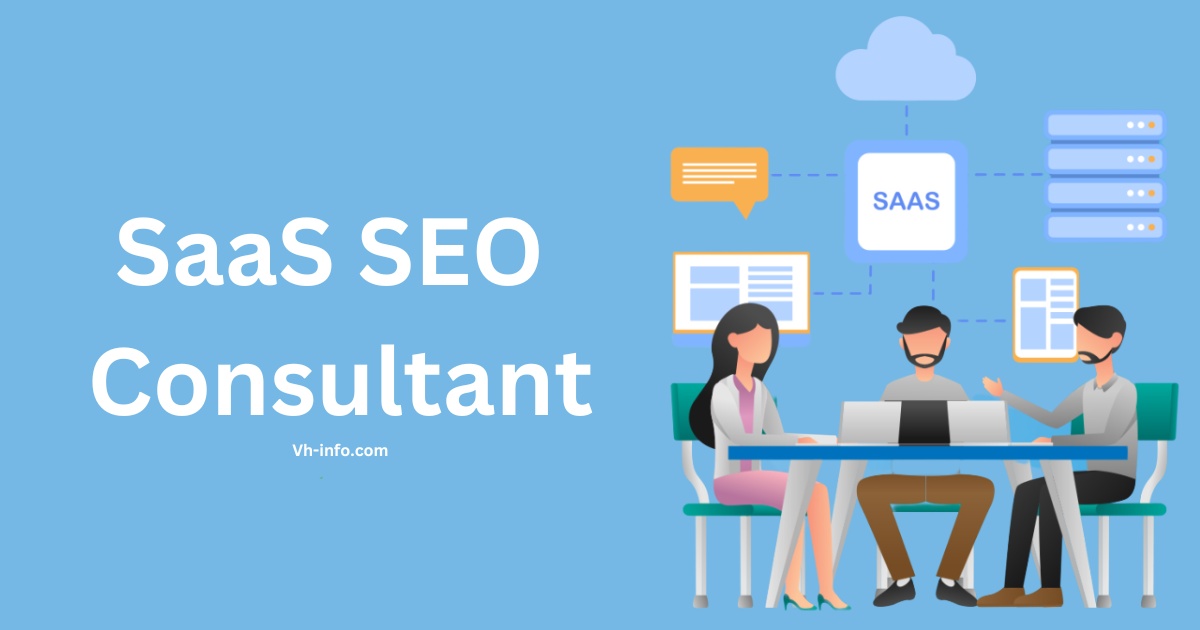
Customer Portfolio Management: #1 Guide To SaaS Success
In today’s competitive SaaS world, simply gaining new customers isn’t enough—businesses need customer portfolio management to keep their customer base

Customer Portfolio Management: #1 Guide To SaaS Success
In today’s competitive SaaS world, simply gaining new customers isn’t enough—businesses need customer portfolio management to keep their customer base

How To Make Your SaaS Marketing Playbook: Complete Guide For 2025
In today’s fast-paced SaaS world, standing out feels tougher than ever. With competition rising and costs to attract new customers

The Rule Of 40 For SaaS: Formula, Calculations & Real-World Impact
The Rule of 40 serves as a critical benchmark for SaaS companies seeking to balance growth and profitability. This metric

What Sets Effective SaaS Onboarding Systems Apart in 2025
The first few moments inside a SaaS platform can make or break the user experience. Fast access, clear steps, and
Optimizing SaaS Cash Flow with Strategic AP Automation
In the world of SaaS, you’ve likely mastered metrics like Monthly Recurring Revenue (MRR) as your growth barometer. But there’s

SaaS Marketing Certification: Best Courses For Founders & Teams
Are you aiming to thrive in the competitive SaaS industry? A SaaS marketing certification course can equip you with the

B2B SaaS Marketing Budget: Breakdown & Allocation Guide
Creating a saas marketing budget can feel like a complex task, but with the right approach, it can drive significant

B2B Churn Rate Benchmarks For SaaS Companies [Updated For 2025]
In the competitive landscape that SaaS companies operate within, customer churn is a critical metric impacting customer retention and sustainable

B2B SaaS Onboarding: What is it, Importance, Checklist & Examples
In the competitive landscape of B2B SaaS, a positive onboarding experience is critical for product adoption and long-term customer success.

Who is SaaS SEO Consultant – Drive Revenue Growth & Conversions
In the competitive SaaS landscape, achieving visibility and attracting the right audience is critical. Search Engine Optimization (SEO) plays a
WHAT WE
3rd floor, VHinfo, QRXG+CG9 Capital Market, Canal Rd, chokdi, Ravapar, Morbi, Gujarat 363641
VH-info © 2025 | All Rights Reserved